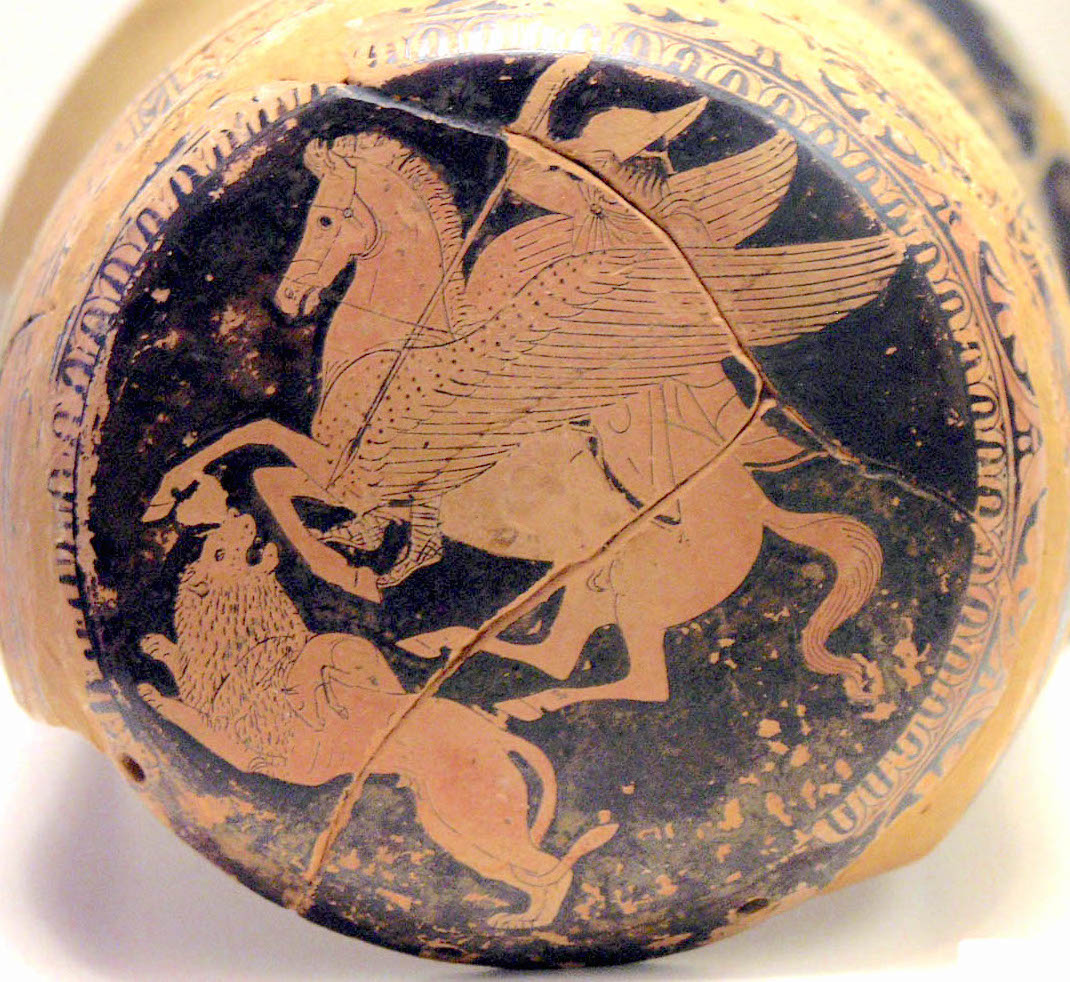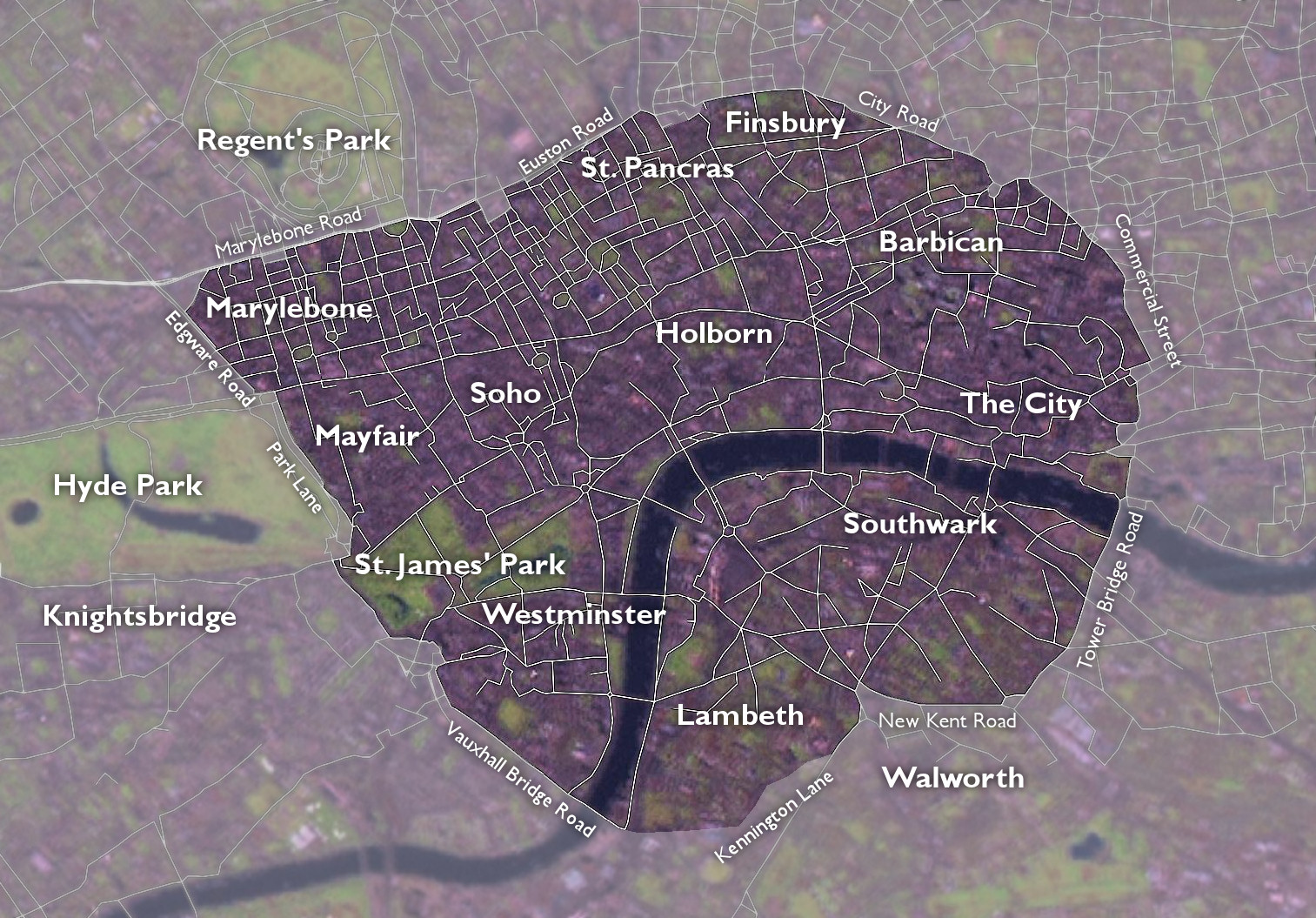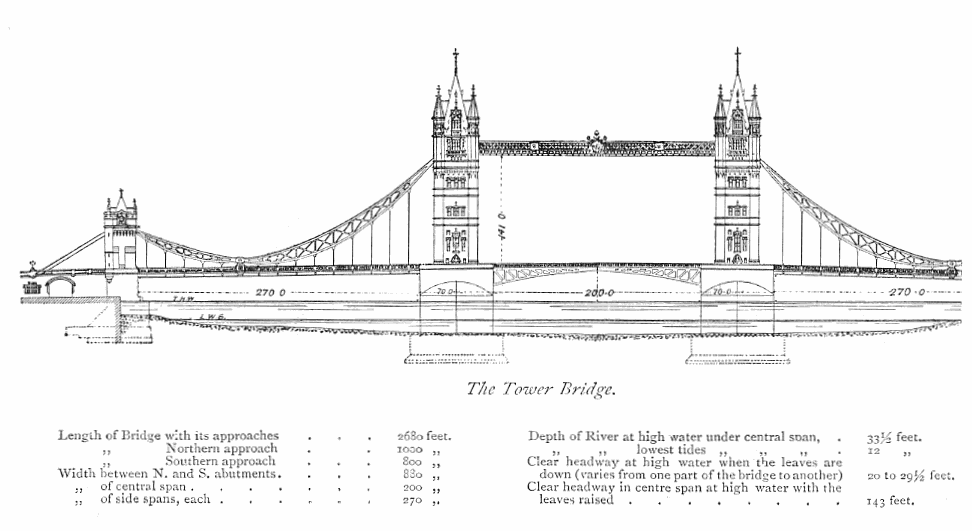|
Engineering Heritage Awards
The Engineering Heritage Awards, formally known as the ''Engineering Heritage Hallmark Scheme'', were established by the Institution of Mechanical Engineers The Institution of Mechanical Engineers (IMechE) is an independent professional association and learned society headquartered in London, United Kingdom, that represents mechanical engineers and the engineering profession. With over 120,000 member ... (IMechE) in 1984 to identify and promote artefacts, locations, collections and landmarks of significant engineering importance. Development of the Awards Engineering Heritage Hallmark Scheme (EHHS) In 1984, IMechE launched its Engineering Heritage Hallmark Scheme. For an object or artefact etc. to be considered for an award, an IMechE member would be required to complete a nomination form and submit it to the Institution. Upon submission, two referees would be appointed, one nominated by the Regional Committee where the object is located and a second independent referee. The ... [...More Info...] [...Related Items...] OR: [Wikipedia] [Google] [Baidu] |
Castle Bromwich Assembly
Castle Bromwich Assembly is a factory owned by Jaguar Land Rover. It is located on the Chester Road in Castle Vale, Birmingham, England and employs 3,200 people. The plant covers an area of 110 acres (44.5 hectares), with a 60,000 m² (6-hectare) manufacturing facility. It manufactures all Jaguar saloon and sports cars. The site was first developed as Castle Bromwich Aircraft Factory, a shadow factory for the production of aircraft by the car industry as part of the rearmament of the UK in the pre-Second World war era. After initial problems it was brought under the control of aircraft manufacturers and became one of the largest producers of aircraft during the war. History Castle Bromwich Aircraft Factory Nuffield: 1936–1940 In 1936, the British government had formalised a plan under the Air Ministry called the Shadow factory plan to increase capacity within Britain's aircraft industry. Headed up by automotive pioneer Herbert Austin, the plan was to create nine new factor ... [...More Info...] [...Related Items...] OR: [Wikipedia] [Google] [Baidu] |
Henry Maudslay
Henry Maudslay ( pronunciation and spelling) (22 August 1771 – 14 February 1831) was an English machine tool innovator, tool and die maker, and inventor. He is considered a founding father of machine tool technology. His inventions were an important foundation for the Industrial Revolution. Maudslay's invention of a metal lathe to cut metal, circa 1800, enabled the manufacture of standard screw thread sizes. Standard screw thread sizes allowed interchangeable parts and the development of mass production. Early life Maudslay was the fifth of seven children of Henry Maudslay, a wheelwright in the Royal Engineers, and Margaret (''nee'' Whitaker), the young widow of Joseph Laundy. His father was wounded in action and so in 1756 became an 'artificer' at the Royal Arsenal, Woolwich (then in Kent), where he remained until 1776 and died in 1780. The family lived in an alley that no longer exists, off Beresford Square, between Powis Street and Beresford Street. Career Maudslay be ... [...More Info...] [...Related Items...] OR: [Wikipedia] [Google] [Baidu] |
Stoke-on-Trent
Stoke-on-Trent (often abbreviated to Stoke) is a city and Unitary authorities of England, unitary authority area in Staffordshire, England, with an area of . In 2019, the city had an estimated population of 256,375. It is the largest settlement in Staffordshire and is surrounded by the towns of Newcastle-under-Lyme, Alsager, Kidsgrove, Biddulph and Stone, Staffordshire, Stone, which form a conurbation around the city. Stoke is wikt:polycentric, polycentric, having been formed by Federation of Stoke-on-Trent, the federation of six towns in 1910. It took its name from Stoke-upon-Trent where the main centre of government and the principal Stoke-on-Trent railway station, railway station in the district were located. Hanley, Staffordshire, Hanley is the primary commercial centre; the other four towns which form the city are Burslem, Tunstall, Staffordshire, Tunstall, Longton, Staffordshire, Longton and Fenton, Staffordshire, Fenton. Stoke-on-Trent is the home of the pottery industr ... [...More Info...] [...Related Items...] OR: [Wikipedia] [Google] [Baidu] |
Foxfield Railway
The Foxfield Railway is a preserved standard gauge line located south east of Stoke-on-Trent. The line was built in 1893 to serve the colliery at Dilhorne on the Cheadle Coalfield. It joined the North Staffordshire Railway line near Blythe Bridge. It is open at weekends and operates trains on Sundays, Bank Holidays and some Saturdays from April to October and Santa Special trains in December. It is home to the Knotty Coach Trust, The Foxfield Miniature Railway, a museum, café, bar, shop and hosts visits from the adjacent Olcote Animal Sanctuary the first three Sundays in a month. History The Foxfield Railway was built in 1892-1893 to provide a link to the North Staffordshire Railway for the Foxfield Colliery Foxfield could refer to: Horse Racing: *Foxfield Races, a biannual steeplechase race in Albemarle County Places: * Foxfield, Colorado, United States * Foxfield, County Leitrim, Republic of Ireland *Foxfield, Cumbria Foxfield is a village on t .... The railway was ... [...More Info...] [...Related Items...] OR: [Wikipedia] [Google] [Baidu] |
Bellerophon
Bellerophon (; Ancient Greek: Βελλεροφῶν) or Bellerophontes (), born as Hipponous, was a hero of Greek mythology. He was "the greatest hero and slayer of monsters, alongside Cadmus and Perseus, before the days of Heracles", and his greatest feat was killing the Chimera (mythology), Chimera, a monster that Homer depicted with a lion's head, a goat's body, and a serpent's tail: "her breath came out in terrible blasts of burning flame." Bellerophon was also known for capturing the winged horse Pegasus with the help of Athena’s charmed bridle, and earning the disfavour of the gods after attempting to ride Pegasus to Mount Olympus to join them. Etymology One possible etymology that has been suggested is: Βελλεροφόντης (Bellerophóntēs) from Ancient Greek βέλεμνον (bélemnon), βελόνη (belóne), βέλος (bélos, "projectile, dart, javelin, needle, arrow") and -φόντης (-phóntēs, "slayer") from φονεύω (phoneúō, "to slay"). Ho ... [...More Info...] [...Related Items...] OR: [Wikipedia] [Google] [Baidu] |
London Post Office Railway
The Post Office Railway, is a narrow gauge, driverless underground railway in London that was built by the Post Office with assistance from the Underground Electric Railways Company of London, to transport mail between sorting offices. Inspired by the Chicago Tunnel Company, it opened in 1927 and operated for 76 years until it closed in 2003. A museum within the former railway was opened in September 2017. Geography The line ran from Paddington Head District Sorting Office in the west to the Eastern Head District Sorting Office at Whitechapel in the east, a distance of . It had eight stations, the largest of which was underneath Mount Pleasant, but by 2003 only three stations remained in use because the sorting offices above the other stations had been relocated. History Use as post office railway In 1911, a plan evolved to build an underground railway long from Paddington to Whitechapel serving the main sorting offices along the route; road traffic congestion was causing ... [...More Info...] [...Related Items...] OR: [Wikipedia] [Google] [Baidu] |
John Wolfe Barry
Sir John Wolfe Barry (7 December 1836 – 22 January 1918), the youngest son of famous architect Sir Charles Barry, was an English civil engineer of the late 19th and early 20th century. His most famous project is Tower Bridge over the River Thames in London which was constructed between 1886 and 1894. After receiving a knighthood in 1897, he added "Wolfe" to his inherited name in 1898 to become Sir John Wolfe Barry. Early career Wolfe Barry was educated at Glenalmond and King's College, London, where he was a pupil of civil engineer Sir John Hawkshaw, as was his business partner Henry Marc Brunel, son of the great Isambard Kingdom Brunel. Barry and Hawkshaw worked on railway bridge crossings across the Thames, among other projects. Brunel pursued his own business from 1871, but in 1878 went into partnership with Barry. Barry began his own practice in 1867, and carried out more work for the railways. Tower Bridge However, it was Tower Bridge that made Wolfe Barry's name. In 1 ... [...More Info...] [...Related Items...] OR: [Wikipedia] [Google] [Baidu] |
Tower Bridge Road
The London Inner Ring Road, or Ring Road as signposted, is a route with an average diameter of formed from a number of major roads that encircle Central London. The ring road forms the boundary of the London congestion charge zone, although the ring road itself is not part of the zone. Starting at the northernmost point and moving clockwise, the roads defining the boundary are Pentonville Road, City Road, Old Street, Great Eastern Street, Commercial Street, Mansell Street, Tower Bridge, Tower Bridge Road, New Kent Road, the Elephant & Castle, Kennington Lane, the roads that constitute the Vauxhall Cross one-way system and Vauxhall Bridge, Vauxhall Bridge Road, the roads that constitute the Victoria one-way system, Grosvenor Place, Park Lane, Edgware Road, Old Marylebone Road, Marylebone Road and Euston Road. The route is described as the ''"Inner"'' Ring Road because there are two further sets of roads that have been described as London ring roads. The North and South Circ ... [...More Info...] [...Related Items...] OR: [Wikipedia] [Google] [Baidu] |
Tower Bridge
Tower Bridge is a Listed building#Grade I, Grade I listed combined Bascule bridge, bascule and Suspended-deck suspension bridge, suspension bridge in London, built between 1886 and 1894, designed by Horace Jones (architect), Horace Jones and engineered by John Wolfe Barry with the help of Henry Marc Brunel. It crosses the River Thames close to the Tower of London and is one of five London bridges owned and maintained by the Bridge House Estates, a charitable trust founded in 1282. The bridge was constructed to give better access to the East End of London, which had expanded its commercial potential in the 19th century. The bridge was opened by Edward VII, Edward, Prince of Wales and Alexandra of Denmark, Alexandra, Princess of Wales in 1894. The bridge is in length and consists of two bridge towers connected at the upper level by two horizontal walkways, and a central pair of Bascule bridge, bascules that can open to allow shipping. Originally Hydraulic power network, hydraul ... [...More Info...] [...Related Items...] OR: [Wikipedia] [Google] [Baidu] |
Kirkaldy Testing Museum
The Kirkaldy Testing Museum is a museum in Southwark, south London, England, in David Kirkaldy's former testing works. It houses Kirkaldy's huge testing machine, and many smaller more modern machines. It is open on the first Sunday of each month. The building at 99 Southwark Street became a listed building in 1971, and was promoted to Grade II* in June 2014. Background Kirkaldy was born in Dundee in 1820, and educated at Edinburgh University. He worked at Napier shipbuilding works from 1843, where he became Chief Draughtsman and Calculator. He left in 1861 and over the next two and a half years studied existing mechanical testing methods and designed his own testing machine. William Fairbairn had pioneered tensile strength measurement as well as assessing creep and fatigue on large structures as well as small. Entirely at his own expense, Kirkaldy commissioned his machine from the Leeds firm of Greenwood & Batley, closely supervising its production. Aggrieved over the slow r ... [...More Info...] [...Related Items...] OR: [Wikipedia] [Google] [Baidu] |
James Watt
James Watt (; 30 January 1736 (19 January 1736 OS) – 25 August 1819) was a Scottish inventor, mechanical engineer, and chemist who improved on Thomas Newcomen's 1712 Newcomen steam engine with his Watt steam engine in 1776, which was fundamental to the changes brought by the Industrial Revolution in both his native Great Britain and the rest of the world. While working as an instrument maker at the University of Glasgow, Watt became interested in the technology of steam engines. He realised that contemporary engine designs wasted a great deal of energy by repeatedly cooling and reheating the cylinder. Watt introduced a design enhancement, the separate condenser, which avoided this waste of energy and radically improved the power, efficiency, and cost-effectiveness of steam engines. Eventually, he adapted his engine to produce rotary motion, greatly broadening its use beyond pumping water. Watt attempted to commercialise his invention, but experienced great financial di ... [...More Info...] [...Related Items...] OR: [Wikipedia] [Google] [Baidu] |
Watt Steam Engine
The Watt steam engine design became synonymous with steam engines, and it was many years before significantly new designs began to replace the basic Watt design. The first steam engines, introduced by Thomas Newcomen in 1712, were of the "atmospheric" design. At the end of the power stroke, the weight of the object being moved by the engine pulled the piston to the top of the cylinder as steam was introduced. Then the cylinder was cooled by a spray of water, which caused the steam to condense, forming a partial vacuum in the cylinder. Atmospheric pressure on the top of the piston pushed it down, lifting the work object. James Watt noticed that it required significant amounts of heat to warm the cylinder back up to the point where steam could enter the cylinder without immediately condensing. When the cylinder was warm enough that it became filled with steam the next power stroke could commence. Watt realised that the heat needed to warm the cylinder could be saved by adding ... [...More Info...] [...Related Items...] OR: [Wikipedia] [Google] [Baidu] |











